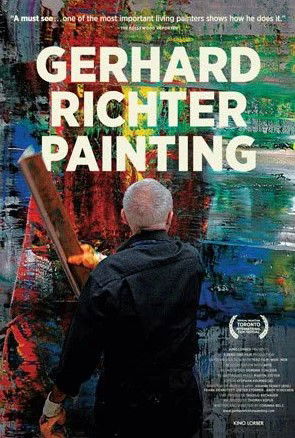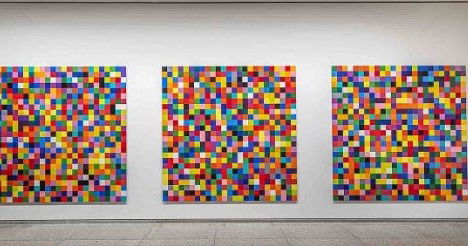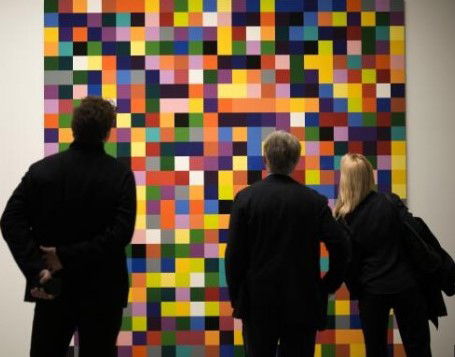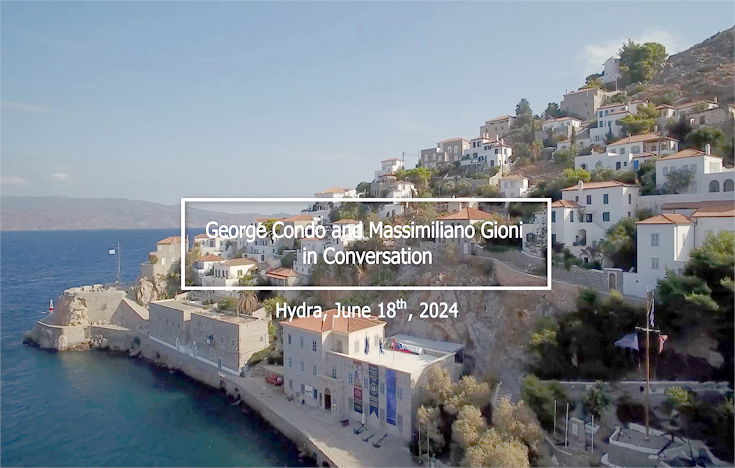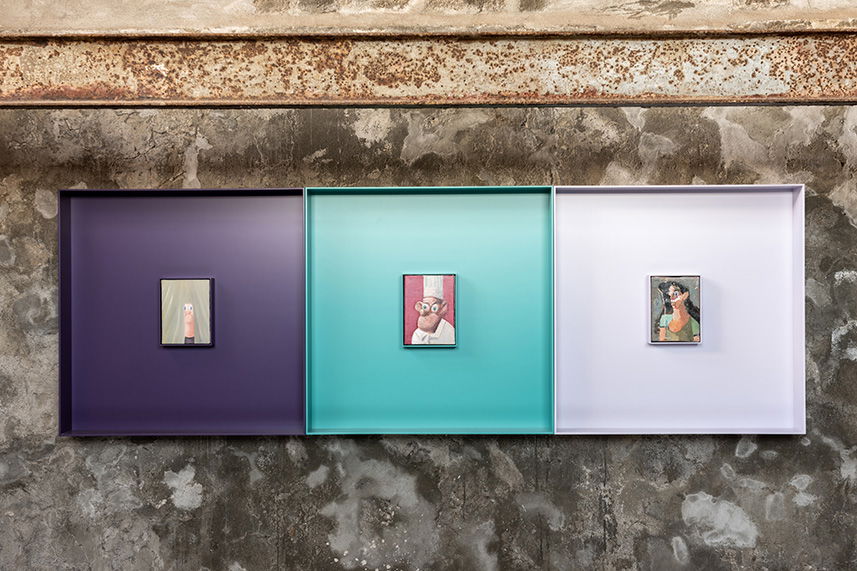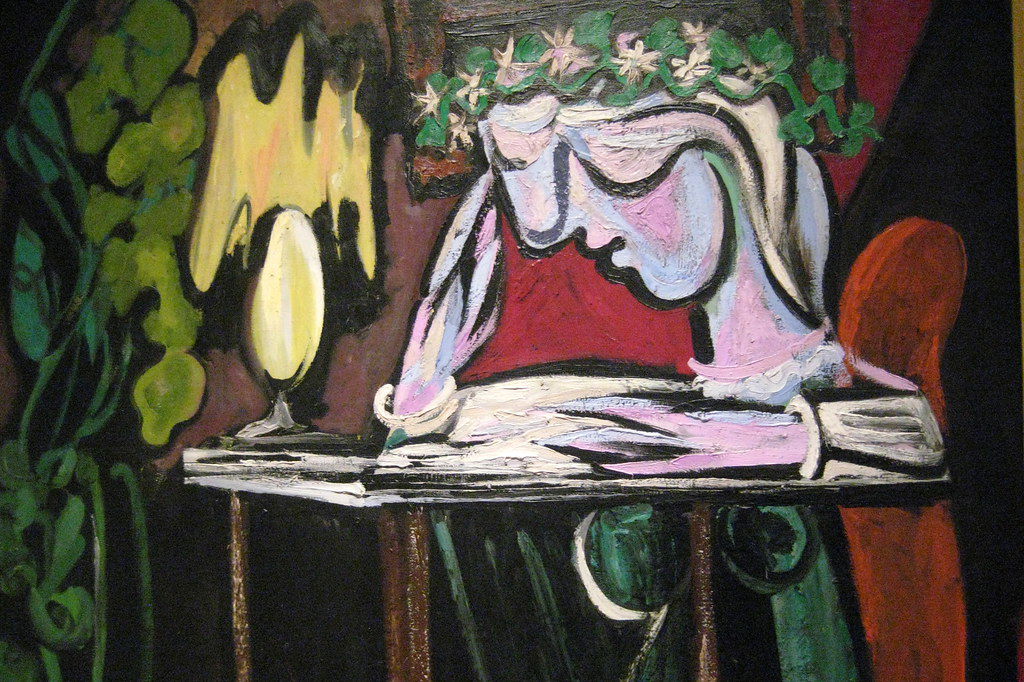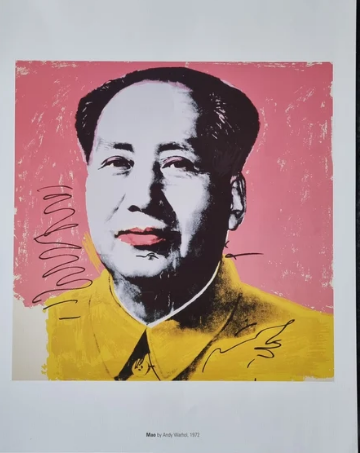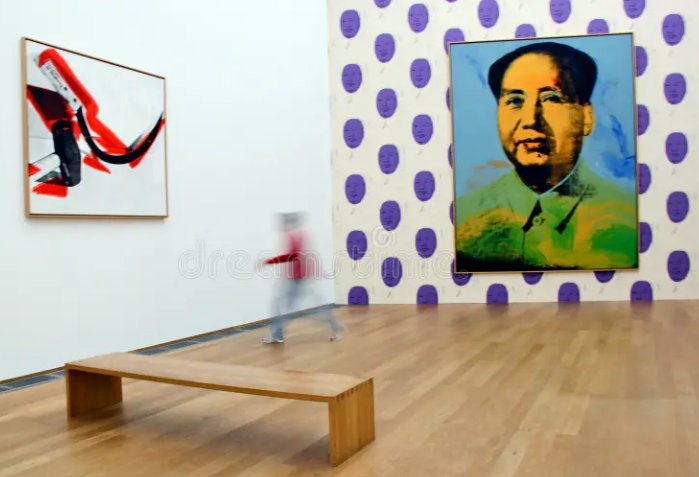2025 promises to be a significant year for fans and scholars of Keith Haring's vibrant and impactful art. Several key exhibitions and initiatives will bring the artist's powerful message of social commentary and joyful expression to a global audience. From Japan to the United States, Haring's legacy continues to resonate, ensuring his work remains relevant and inspiring decades after his passing.
By Maria Miller

Image Source : Reddit
One of the most anticipated events is "Keith Haring: Into 2025," a major exhibition hosted at the Nakamura Keith Haring Collection in Japan. While details remain scarce at this time, the location itself promises a significant showcase. The Nakamura collection is renowned for its depth and breadth of Haring's work, suggesting this exhibition will offer a comprehensive look at his artistic evolution and thematic concerns. This Japanese presentation provides a unique opportunity for a global audience to engage with Haring's art within a culturally rich context.
Adding another layer to the celebration of Haring's work, the United States Postal Service will release a new stamp featuring his iconic "Love" artwork. This move firmly establishes Haring's art as a cornerstone of American visual culture, placing his bold and instantly recognizable style into the hands (and mailboxes) of millions. The simple act of using a Haring-designed stamp transforms everyday correspondence into a miniature art experience, reflecting the artist's belief in the power of art to permeate all aspects of life.
Further cementing Haring's enduring influence, the Museum of Modern Art, Ibaraki will also host a dedicated Keith Haring exhibition. This prestigious venue, known for its commitment to showcasing modern and contemporary art, will undoubtedly present a curated exploration of Haring's artistic journey, potentially focusing on a specific period, theme, or aspect of his oeuvre. The location's modern architectural design will provide a striking backdrop to Haring's energetic and often provocative pieces.
The confluence of these three major events in 2025 signals a significant resurgence of interest in Keith Haring's art. It highlights not only the continued global appeal of his work but also its enduring relevance in a world grappling with many of the same social and political issues Haring addressed during his lifetime. The combination of a major collection showcase in Japan, the widespread accessibility of a US Postal Service stamp, and the prestige of a Museum of Modern Art exhibition positions 2025 as a pivotal year in the continued appreciation and understanding of Keith Haring's artistic legacy. As details emerge about each of these events, they promise to offer enriching perspectives on the life and work of this influential artist.


